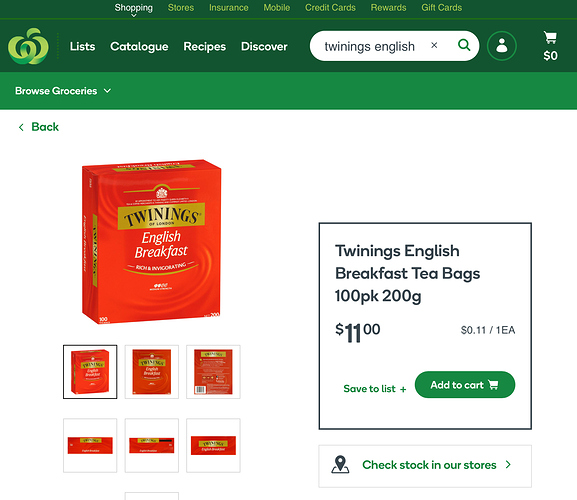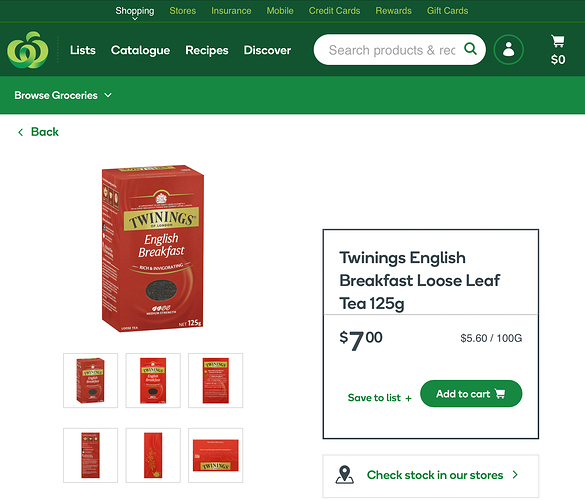One of my biggest gripes is pricing in imprecise units such as ‘bunches’. Asparagus or broccolini are good examples. What does $2 a ‘bunch’ from Woolies vs $2 a ‘bunch’ from Coles mean per value? Could it be $2.50 a ‘bunch’ from one is a better deal than $2 a ‘bunch’ from the other? Was $2.50 a ‘bunch’ last week really more expensive or was it better value than $2 a ‘bunch’ this week? Is a ‘bunch’ always the same ‘bunch’?
Between the farm gate and Supermarket F&V?
Definitely not in our experience. That comes from experience picking and packing for markets silver beet and snake beans. Farm products of one of the family.
Both produce vary greatly. Leaf size and stalk length for silver beet varying by more 2-3 times (volume) from smallest to largest. That is unless you selectively pick to a size and bundle count, which can be wasteful and is inefficient. The beans can vary in length when mature from 30cm to more than 60cm.
The only measure was to fill each packing case, with each shipment invisibly priced at the markets in Brisbane. There was no other criteria.
It was easy to see the difference in bunch sizes at the Supermarket. Typically the value add post farm gate, or more precisely after delivery to market was typically two-three times the selling price, if any one is curious. And that excludes the packaging materials, freight costs and selling agents fees which are all included with the farm costs.
Many F&V products appear to be rehandled and repackaged, except for those on direct supply contracts. Typically very large producers. It would be great to know what the criteria for a bunch really is and have a marked weight. Broccolini must be $20-$30/kg in some stores?
No, and even in the same week there is variations. Take asparagus as an example. It may be a smaller number bunch of thicker stemmed ones or more thinner stemmed ones. The weight of each bunch may vary as well as the number of stems per bunch.
For items like these, the unit pricing possibly doesn’t work well as historically fresh produce has been sold in bunches and there is enormous temporal variation between plants, locations and varieties.
At the end of the day, one has to ascertain whether the bunch is value for money or not…by looking at it. Trying to compare uniformity such as weights, number or leaves/stems etc will be an impossible or ineffective task.
The other aspect is there is unlikely to be multiple different suppliers/brands of the fresh produce in the one store where unit pricing is needed to compare between the different products available. There is usually only one fresh product available (sometimes loose or bagged), but there is really no other comparable fresh products to compare it with.
How does a customer today determine the “size” of a bunch?
One way would be for the customer to be able to weigh the “bunch” or what ever it is.
Remember when the fruit and vegetable section of the supermarket had a number of conveniently placed weighing scales for customers to use? - for exactly this purpose (as well as to determine a quantity to purchase from loose items).
![]() yes, and yes again
yes, and yes again
Visibility is prime when it comes to unit pricing
Wait, that’s not how it’s supposed to work. The first rule of economics is that the market is infinite, and buyers and sellers have perfect knowledge!
/s
Aside from arithmetic absurdities this is nonsense as one metre is not a useful standard unit across the market due to differences in width and obscurity of thickness and strength. Foil can be labelled “strong”, “super strong”, “extra strong”, “caterer’s strength”, double strength" with equal lack of meaning.
Well, $250+ per kilometre might be more correct.
Although who uses that much at once? One or two rolls is enough to wrap a whole house if you see the need! ![]()
P.S.
As @syncretic points out the thickness, and perhaps even the grade of the foil varies between products.
Aluminium cash price is approx $2,550 AUD per tonne LME, or $2.55 per kg.
At 0.016 - 0.024mm thick, or thinner per one source a 15m roll might weigh only 200gms or so.
About 50c of metal.
Yeah, I make it $0.253 per metre, which is approximately the same …
It might be a per metre of thickness?
Anyway, someone needs some more training in conversions.
I recently bought a dozen Coles Cinnamon Doughnuts, brought them home and was told by Mrs Postulative that they had shrunk. She was of course correct, but you wouldn’t know it from looking at the unit pricing - which is per dozen doughnuts!
Unit pricing might still require the customer to have mental agility. Not so easy to use in this example? And perhaps not so honest either?
Today’s Shopping list had the bags on it. A box of 100 English Breakfast Tea bags.
Yes, $0.11 per bag. Or $11 for 200gms.
How about loose leaf tea. $5.60 per 100gms. Or $7.00 for a 125gm packet.
Which is better value. Not so easy is it? You might need a calculator and a little nouse?
If you apply the maths the 200gm of tea in teabags (assuming it is the weight of tea on the packet) will cost $55.00 per kg. They are often cheaper on special!
The loose leaf tea costs $56.00 per kg.
So tea in tea bags costs less than loose leaf in a packet! It’s a miracle!
I can see why they have done per teabag unit pricing for the teabags and weight for the loose tea…as the teabags are in single serve portions while the loose tea is in bulk.
It is a difficult one to determine which is more cost effective per single serve as one may use more loose tea leaves (grams) to make a cup of tea than using a tea bag. When we grew up,our grandparents used to say one teaspoon of tea leaves per cup and one extra for the pot. I suspect that each person would use differing amounts of loose tea depending on their personal preference for the final tea strength. Teabags one doesn’t have such choice and it is either one teabag or two…
Possibly also those who buy teabags don’t necessary compare against loose leaf as an alternative. We use both both don’t compare unit prices between the two as we use teabags when only one cup of tea is to be made or loose leave tea when multiple cups are made. For us they have different functions but end in the same result, a cup of tea. We usually only compare teabags with other teabags and loose leave with other loose leaf. Maybe others also the same.
Here too except in this instance the extra effort yields an interesting result. Tea bags are cheaper than loose leaf, while adding all those extra tags, strings and bags to the waste cycle.
P.S. I think the average standard tea spoon holds 2+gms of tea, or closer to 3gms if heaped. So even a pot is more wasteful if three spoons gives two cups.
Go the tea bag every time if you are concerned about value? Or spend up and save the planet!
So unusual when they prepackage small quantities of F&V at a premium for weight or quantity compared with loose.
I know from our visit to Boh Tea plantation in the Cameron Highlands that the tea leaf used in teabags contained a lot of fine materials filtered from the loose leaf tea. They explained that in the past that the tea fines were either considered a waste of loose leave tea production and/or lower quality product. They even said that many years ago, the tea which fell onto the ground during handling was swept up and used in teabags…they also said that this practice no longer occur.
I expect that they consider loose tea as a ‘premium’ product when compared to tea bags. I do prefer loose tea to tea bags as the taste of the tea (even with the same labelling for both types) is better possibly because it doesn’t have any added teabag taste.
I also see that some companies are using plastic/synthetic teabags for some blends…maybe in order to remove the teabag taste?
If this is more general to all tea products, tea in tea bags is not the same tea as in packaged loose, so the two products are also not comparable on that basis.
I wonder if in the recent teabag taste test Choice should have included samples of the equivalent loose leaf product. And offered a comparison between the two forms of packaging. Is a teabag as good as the same tea brewed on a pot? @BrendanMays
Good example.
I’d imagine in a blind taste test, it would be very difficult to tell but I haven’t seen such a test so far… ![]()
I can tell the difference…and just looking around SBS has some info on their webpage to why there may be a difference…
Loose leaf may contain more bioactives because they use higher quality leaves. But leaves in teabags are cut smaller, and this is thought to enhance the extraction process.
Lower quality teas may also include more stems, which are higher in L-theanine than the leaves. So while fancy loose leaf might taste better, you probably get more bang for buck from a humble tea bag.
At the end of the day, it may also come down to personal preference. I do also prefer hand picked tip/shoot tea rather than cut loose leaf. It is difficult to find though. The taste difference is significant.
Woollies have come up with a new shonky for unit pricing.for loose gold sweet potatoes.
https://www.woolworths.com.au/shop/search/products?searchTerm=sweet%20potato
How much per kilo? How long is a piece of string?
![]()


